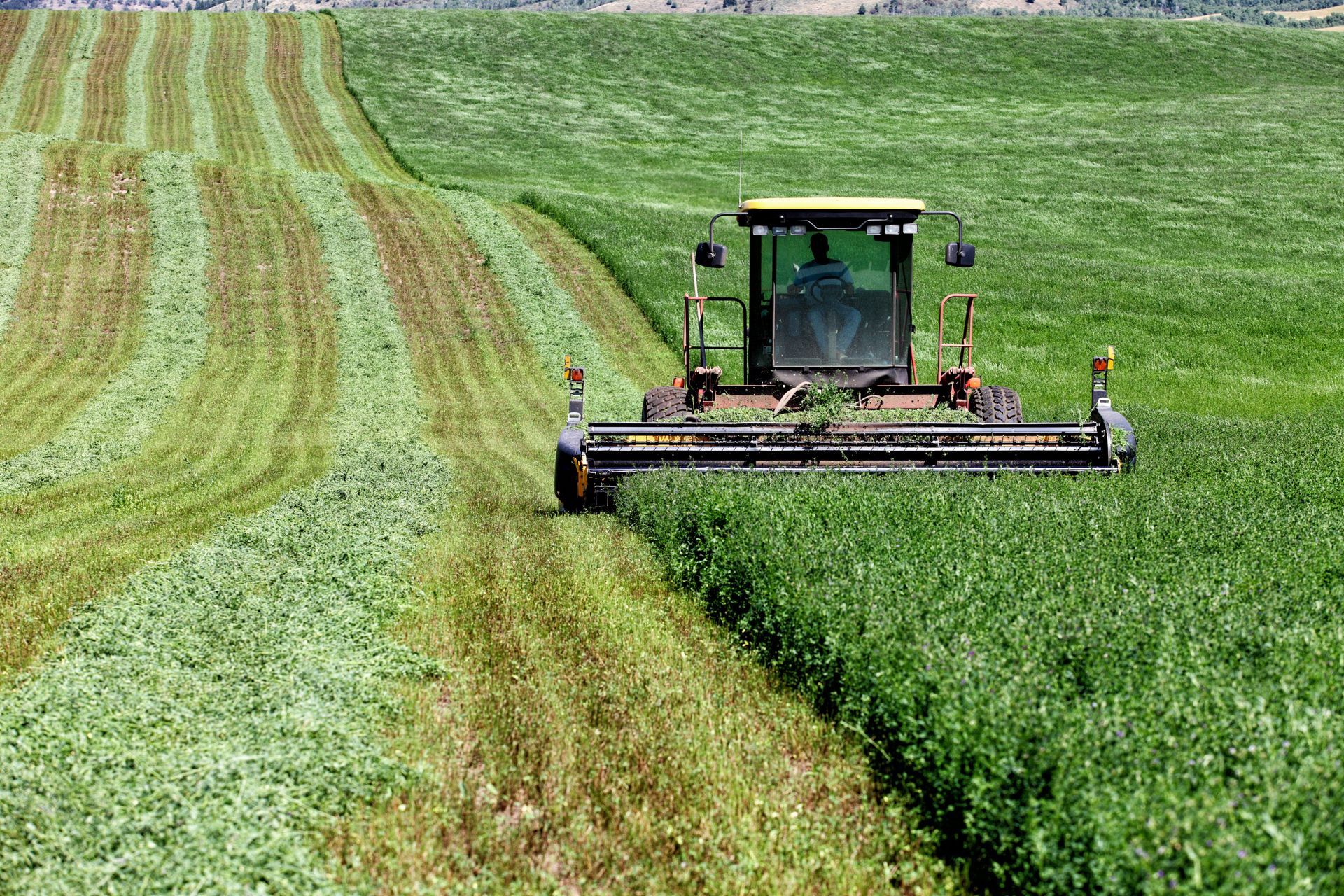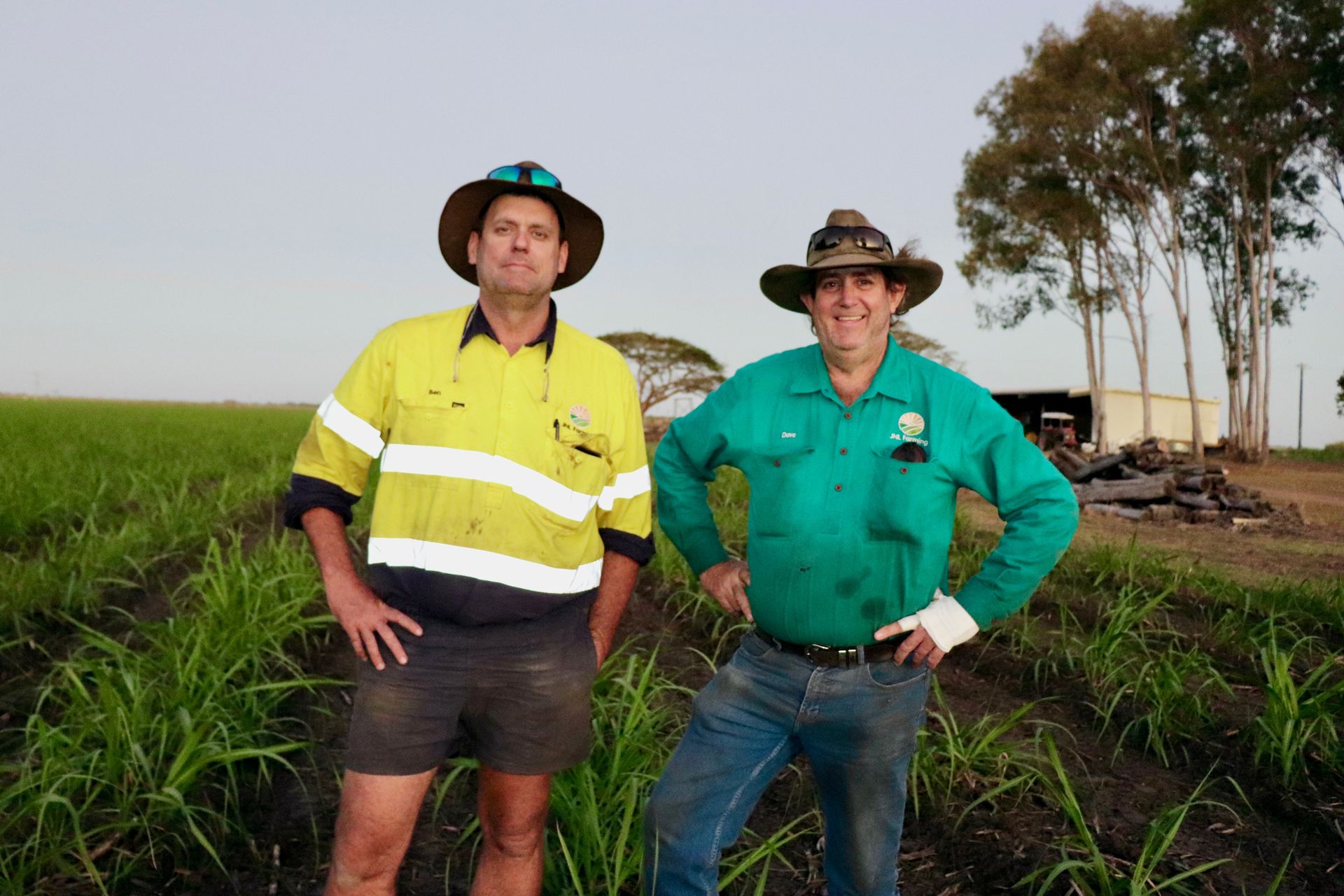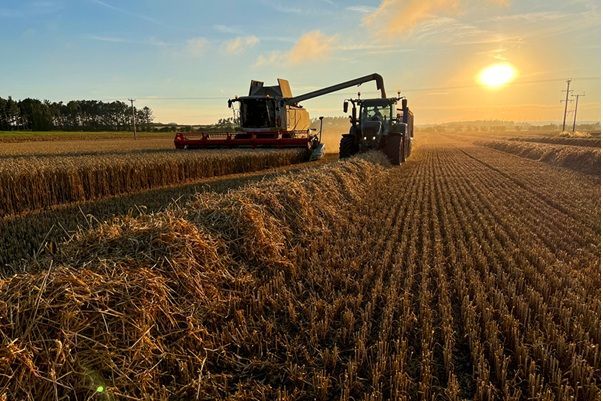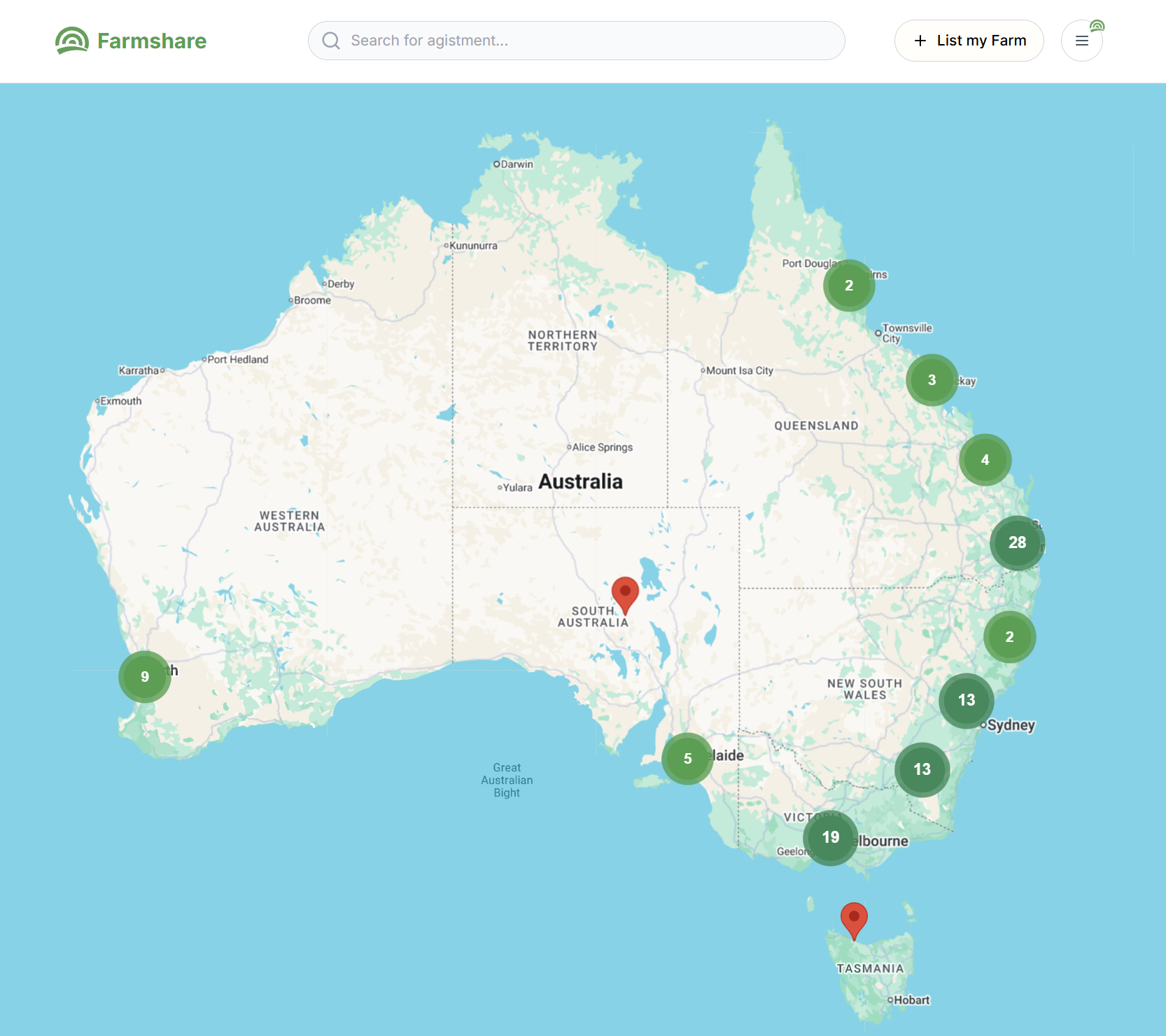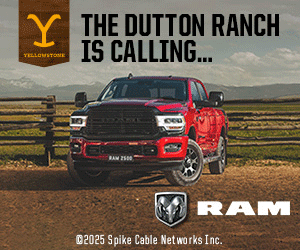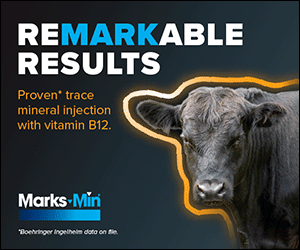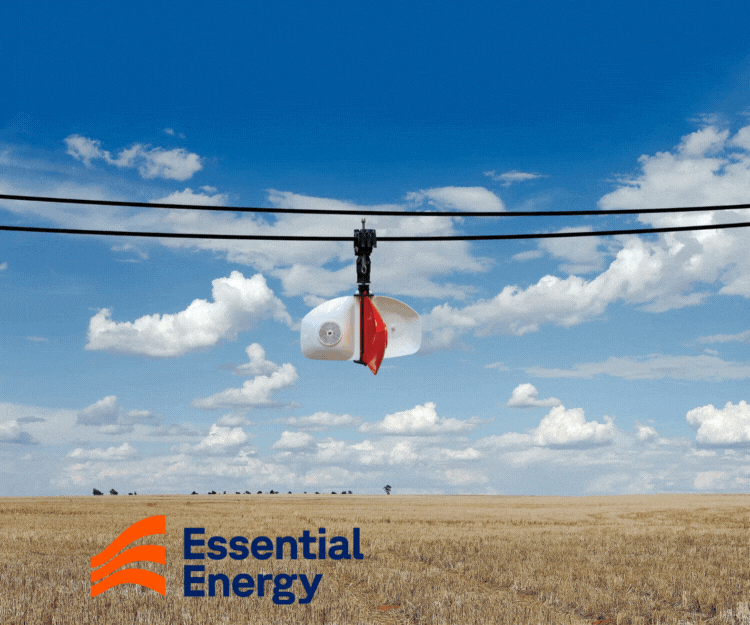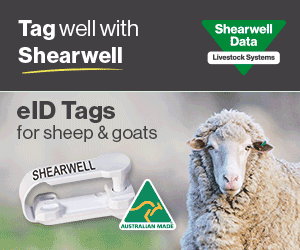1MG FlippingBooks
Smelling soil: electronic nose to help manage farms
Georgia Fryer
A new prototype is being developed to ‘smell’ soil and turn gas emissions into microbial health metrics.
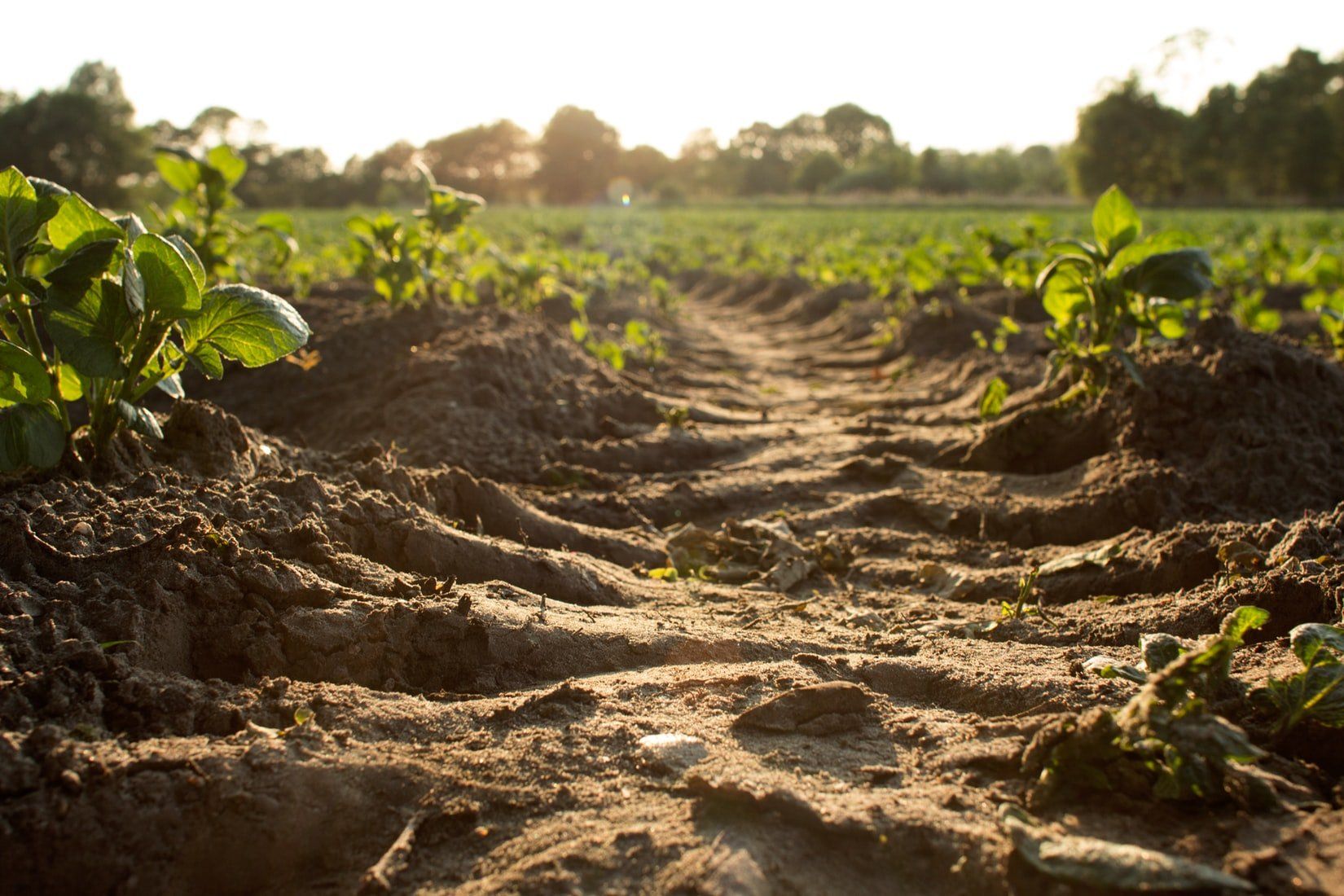
The Soil CRC is working with a team of researchers from the University of Tasmania to build a prototype eNose (electronic nose) for soil to determine its microbial community.
Funded by the Australian government and 40 participants, the Soil CRC is a cooperative research centre that brings together scientists, industry and farmers to find practical solutions for Australia’s underperforming soils
The physical structure and chemical nutrients of soil determine what organisms live within it. These organisms make up a ‘microbial community’ which changes the soils’ structure and chemical components.
According to Dr Robert Hardy from the University of Tasmania, each community releases a different kind of gas which reflects what the organisms are doing in the soil.
“The eNose aims to test the ‘proof-of-life concept’ that we can sense changes in the ground by smelling the gases these communities release,” he explained.
The prototype will use low-cost gas sensors, such as carbon monoxide, carbon dioxide and nitric oxide, to smell the soil which is then translated into microbial health metrics. The tool will also use basic environmental monitoring capability including DNA sequencing and soil moisture.
“Currently, there are very few rapid and cost effective in-field techniques available to assess and monitor the health of soil microbial communities,” said Dr Shane Powell, University of Tasmania and eNose Project Leader.
This technology will be made available to farmers who will be able to use this information to make decisions on how best to manage their soils to be healthier, more productive and more resilient, according to Soil CRC.
The team are working with Birchip Cropping Group, FarmLink, Southern Farming System and Soils for Life to understand what farmers need and want from the eNose, Hardy explained.
Hardy told One Mandate Group that they are also talking to farmers about how to breakdown the data to make it a useful and usable product. To ensure the data is simple, Soil CRC are running additional projects to test the presentation of complex information.
Once the prototype is complete farmers from these groups will begin testing the technology in real-time.
Whilst the prototype phase will end in nine months, funding will determine how long until the technology is available to all farmers.
Even with additional funding, Hardy said the low-cost of the technology poses a problem as they are restricted to a low-budget design.
NEWS
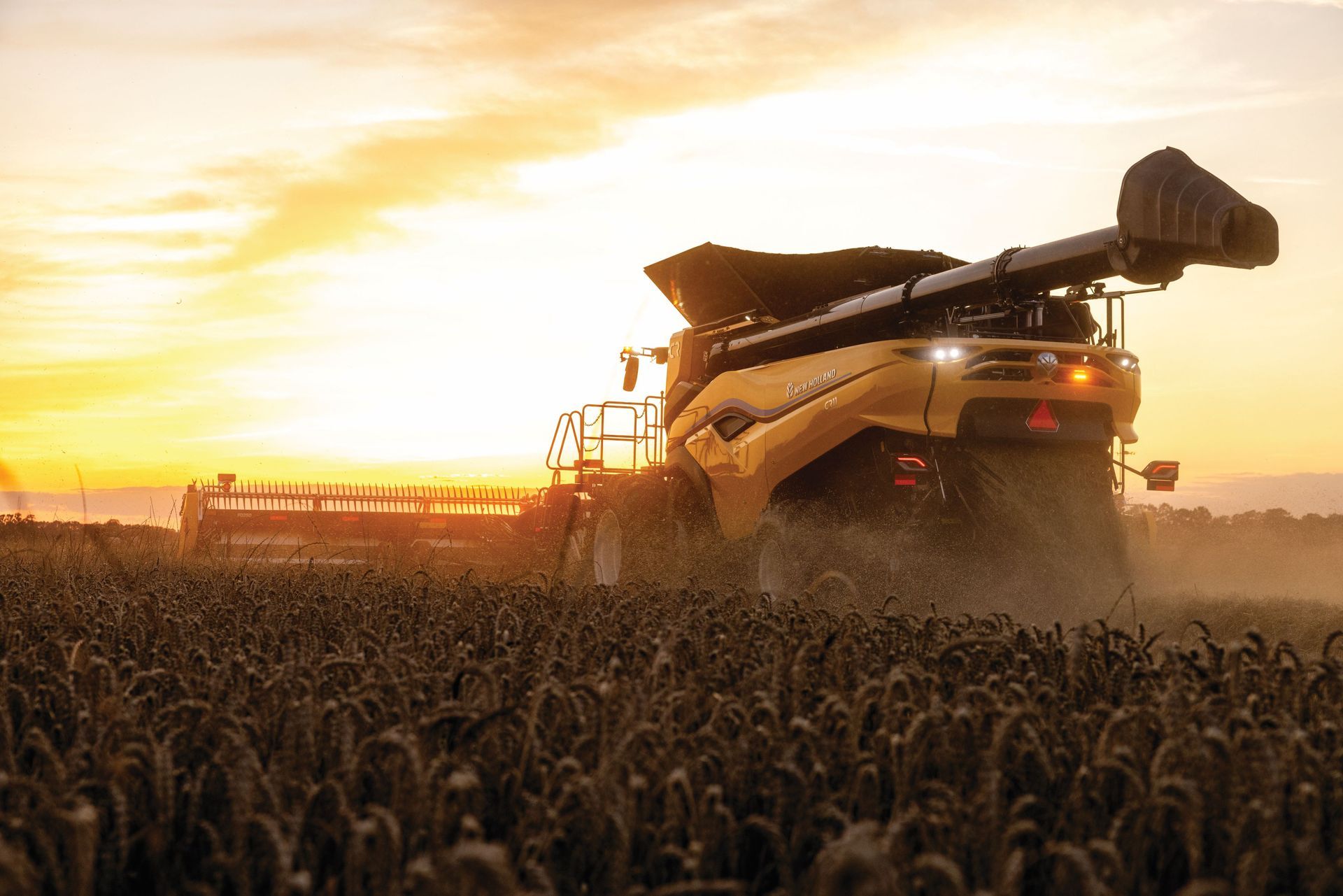
2025 marks 50 years since TR70 model launched in 1975. Since this time, New Holland has led industry innovation in combine technology with: The first self-leveling cleaning system on a rotary combine in 2002 Breaking the 8-hour wheat harvest world record in 2014 The latest CR10 and CR11 twin rotor combines entering production in 2025

